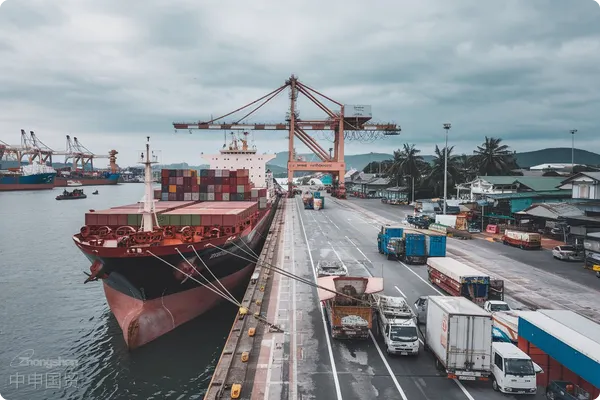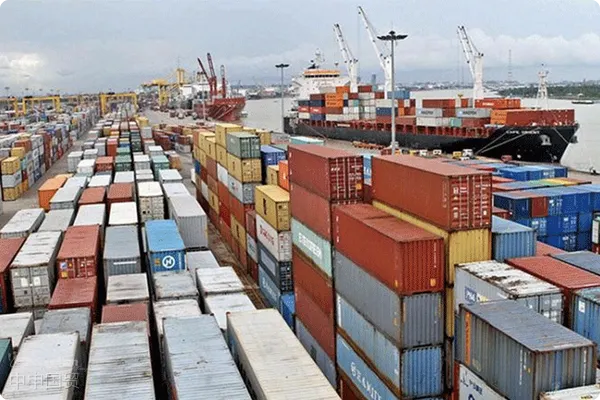- Shanghai Zhongshen International Trade Co., Ltd. - Two decades of trade agency expertise.
- Service Hotline: 139 1787 2118

What international certifications are required for optical cable exports?
As core components of communication infrastructure, optical cables face strict export certification requirements. According to the latest 2025 international trade regulations, these mainly involve:
- EU CE certification: Electromagnetic Compatibility (EMC) and environmental RoHS directives
- US UL certification: Fire resistance performance and electrical safety standards
- International Electrotechnical Commission (IEC) standards: Specifically requiring compliance with IEC 60794 series testing
- Destination country specific requirements: Such as G-mark certification for Middle Eastern countries and EAC certification for Russia
How to calculate export tariffs for optical cables?
2025 optical cable export tariffs involve three key elements:
- HS Code positioning: Optical cables are generally classified under HS code 8544.70, but confirmation is needed based on specific materials (single-mode/multi-mode)
- Rules of Origin: China-ASEAN Free Trade Agreement allows zero tariffs when FORM E certificate is provided
- Anti-dumping tax risks: Some countries impose additional 3.5-10% duties on Chinese optical cables
What special packaging is required for exporting optical cables?
Based on our practical experience serving companies like Huawei and ZTE, we recommend:
- Moisture - proof Packaging: Aluminum-plastic composite film + desiccant dual protection
- Pressure-resistant structure: Honeycomb paperboard cushioning layer + steel-reinforced wooden cases
- Temperature-controlled transportation: Tropical regions require constant-temperature containers
How to choose the optimal logistics solution?
Recommended transportation methods based on order characteristics:
- Air TransportationSolution: Suitable for urgent orders under 5 tons, costing approximately $6.5-8/kg
- Maritime TransportationSolution: FCL shipping reduces costs by 40%, with notes:
- A 20GP container can hold 28-32 tons of optical cables
- 40HQ container maximum load capacity is 65 tons
- China-Europe Railway ExpressTransit time: 18-22 days, 15 days faster than ocean shipping with 30% lower freight costs
How to mitigate payment risks in optical cable exports?
We recommend adopting a combined risk control strategy:
- L/CChoosePriority use of SWIFT letters of credit to mitigate DP/DA risks
- Export credit insurance: Sinosure coverage can reach 90%
- Installment payment mechanism30% advance payment + 60% against copy B/L + 10% quality guarantee deposit
What test reports are required for exporting optical cables?
Essential technical documentation must include:
- Fiber attenuation coefficient test report (≤0.36dB/km)
- Tensile strength test report (≥6000N)
- Environmental test report (-40℃~70℃ temperature variation test)
- Fire resistance test report (meeting IEC 60332-3 standard)
What special customs supervision requirements apply to optical cable exports?
Based on our Dubai Expo project experience, special attention is required for:
- Export LicenseG.652D and above specifications require Dual-Use Item License application
- Destination customs clearanceCountries like Brazil require pre-shipment INMETRO certification
- Anti-terrorism inspectionsUS Customs may conduct CTPAT verification
How to address technical trade barriers?
We recommend establishing a triple defense system:
- Standard early warning systemSubscribe to WTO/TBT notifications
- Product upgrade strategyEarly adoption of new technologies like OM5 multimode fiber
- Localization certificationEstablish certification laboratories in target markets
ChooseExport RepresentationWhat should companies pay attention to?
Based on 20 years of industry observation, quality agents should possess:
- Optical cable industry export casesMinimum 50 high cube container export operations experience
- Compliance management capabilityHold AEO Advanced Certification qualification
- Global Service Network: Branches established in major ports
- Risk control system: Staffed with dedicated trade compliance officers
(Note: The data in this document is based on information valid before March 2025. For specific operations, please refer to the latest customs announcements and trade agreements. It is recommended to verify the latest policies through theGeneral Administration of Customs official websitebefore exporting.)
Related Recommendations
? 2025. All Rights Reserved. Shanghai ICP No. 2023007705-2  PSB Record: Shanghai No.31011502009912
PSB Record: Shanghai No.31011502009912









